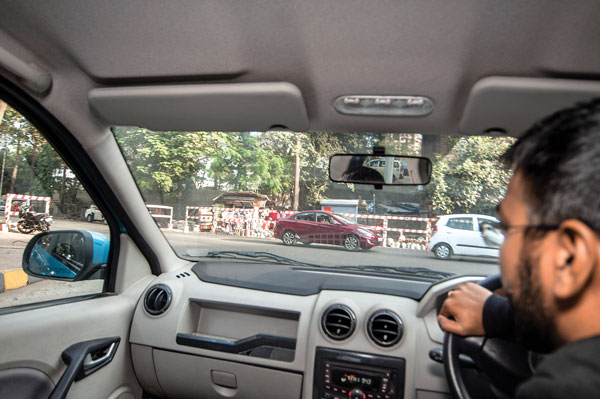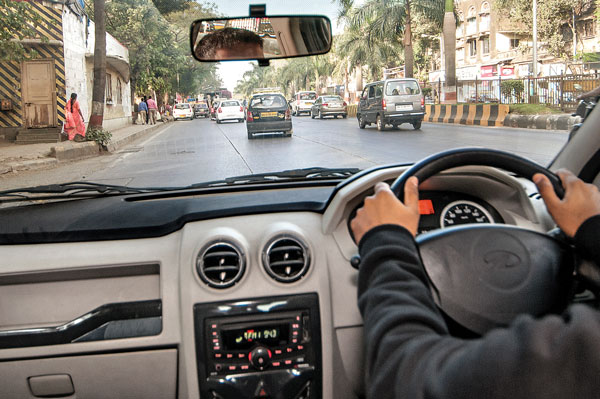We frequently get mails from parents asking us how best to go about teaching their teenager to drive. Parents of 18- and 19-year-olds eager to get behind the wheel, are a worried bunch. It’s easy to understand their concern since India has the dubious distinction of being the nation with one of the highest road fatalities in the world. Every year, we lose around 1,40,000 people due to road accidents. One of the biggest contributors to this number is poorly trained drivers, the very people around you, whom you trust to keep you safe.
Parents usually prefer sending their teenager to a driving school where he or she can learn some basic driving skills. However, driving schools don’t always do a thorough job. Also, kids grow up watching their parents drive and are more likely to emulate their habits. By taking an active role in teaching your teenager to drive and by sharing your experience and knowledge, you can make them better and safer drivers.
However, trying to teach your teenager how to drive can be an unnerving task. Playing the role of a coach is not easy and requires proper planning. Imparting good driving skills goes beyond teaching the basics like steering control, parking the car and driving on the highway. Parents need to develop their teenage driver’s ability to spot potential dangers, tricky situations and stay out of harm’s way.
Your goals as driving coach
You need to plan a step by step approach. First find an empty parking lot to practice the basics, later move on to traffic free roads and only drop them in the ‘deep end’ when you are confident.
Seated in the passenger seat, it is easy to notice the mistakes being made by the driver and point them out. For the teen in the driver’s seat, it is simply annoying to be shouted instructions at. Instead of reminding your teen that they need to improve their road skills, help them become aware and comfortable behind the wheel.
Instead of saying things like “You are crazy to be driving at this speed. Do you know what speed we are at?”, try conveying the same message with a different approach. Ask them, “Do you know how much distance you will need to come to a stop from this speed?” Make them realise that they must be cautious as a jaywalker could hop out of nowhere, leading to an accident or a fatality.
A beginner will take time to learn how to drive smoothly. Do not get impatient and talk rudely to your teen. Avoid passing comments like, “You are taking too much time to learn” or “You need to focus more to get it right”. Instead of harping on their weak areas, praise them when they perform well, like indicating before taking a turn.



